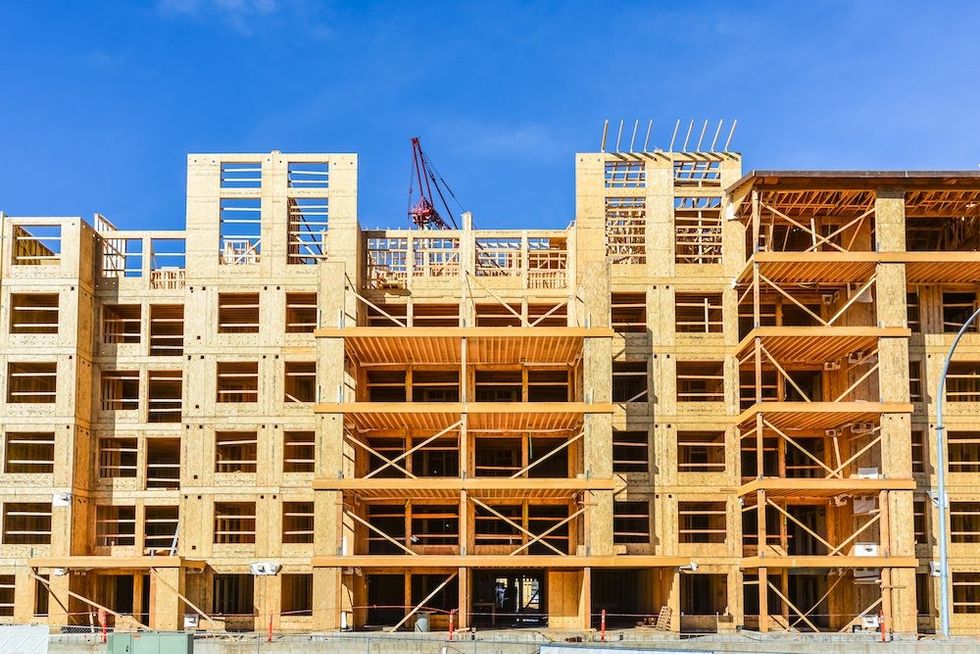The Residential Construction Council of Ontario (RESCON) wants Premier Doug Ford to get the ball rolling to meet the promised target of 1.5 million residential units in the next decade.
RESCON sent a letter to recently re-elected Ford highlighting critical steps that must be taken to kick-start the production of more housing in Ontario.
The builders’ association is calling on the provincial government to remove many “pointless systemic barriers that stymie residential construction, streamline the development approvals process by adopting the One Ontario solution, and reform the Ontario Immigrant Nominee Program (OINP) to permit more foreign-trained construction workers, especially those in the voluntary trades, to work in Ontario,” according to a press release.
Specifically, RESCON wants the province to end exclusionary zoning and establish province-wide zoning standards to spur missing middle housing, reform municipal development planning and building permitting processes, and implement all 55 recommendations in the Housing Affordability Task Force report, which was released in February.

“The government has already taken many positive steps to address the housing and skilled trades shortage and we appreciate that, but there are inefficiencies in the development approvals process and further actions are necessary in order to keep up with demand and ensure that our industry can meet the housing supply target,” says RESCON president Richard Lyall. “We must address these issues as they will dissuade building investment and hamper the economic recovery of our province.”
RESCON says it also wants to speed up development approvals by adopting a centralized, digitized development planning and building e-permitting system across Ontario, expand funding for training voluntary trades with specialized skill sets, and allow more general labourers into Ontario under the OINP.
RESCON points to the fact that nearly one quarter of the GTA’s current construction labour force -- or 42,840 workers -- is set to retire by 2030 and thousands will need to be trained and hired. Although the industry is now in a correction, the need to replace these workers longer term will not change, it says.
“To build the much-needed new housing, we must also have a well-thought-out skilled trades strategy to train the next generation of workers,” says Lyall. “Funding needs to be expanded to recruit and train more voluntary residential trades with specialized skill sets, some of which are suffering acute shortages.”





















